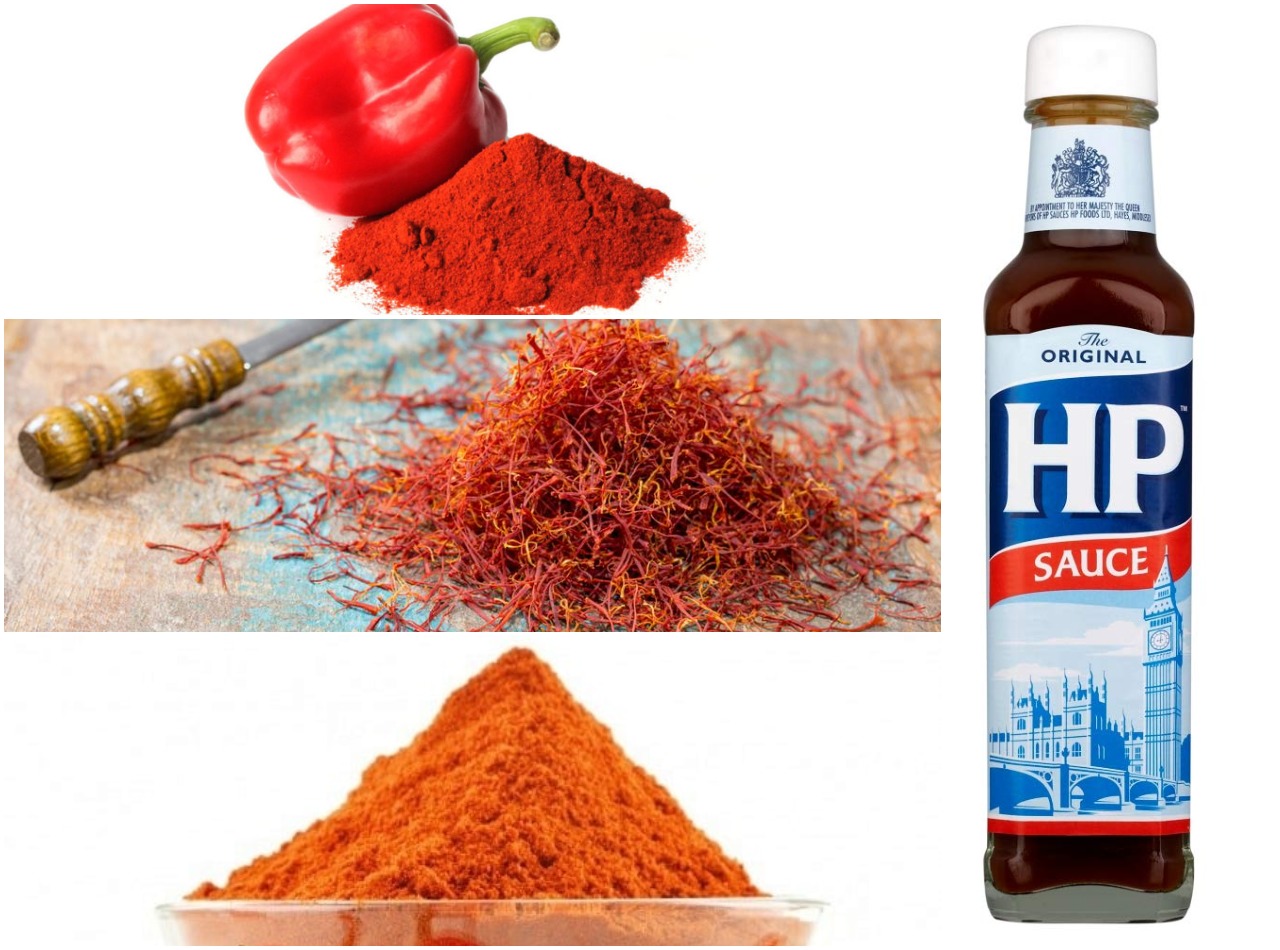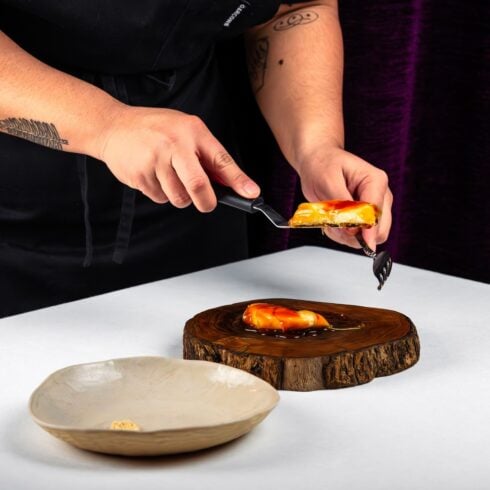MISSING your English mustard, Branston Pickle and that essential dollop of HP Sauce on the side of your plate?
Be warned, you will be hard-pressed to find these favourite British condiments anywhere in inland Spain.
And don’t even ask for ‘Hache Pe’ – no one will have the foggiest what you’re talking about.
If you do, the local shopkeepers in their willingness to help will go through all the items on the shelves to see if they do indeed stock this magical condiment, and you will NOT be able to leave until they’ve finished.

On the coast, some supermarkets stock HP but at exorbitant prices.
But you’ve come to a foreign country, so why on earth stick to fish, chips, mushy peas and the stuff you pour indiscriminately over them?
The cuisine in Spain is incredibly diverse and with 206 Michelin restaurants, including eleven three-star restaurants, Spanish chefs must be doing something right.
So why not tone down your level of amor patriae and loyalty to the gloopey British gunk and surprise yourself by finding new condiments to give a unique personality to your cooking.
In Mediterranean terrain it couldn’t be any other way. A Spanish chef would rather have their child nicknamed ‘feo’ than hear the word ‘sosa’, (meaning bland) used to describe their dishes.
By using the freshest possible produce, basic ingredients are left to shine, needing only a pinch of seasoning and one or two spices to effect a miraculous transformation that’s definitely not sosa – and hold the HP sauce!
Azafrán (Saffron) is the world’s most expensive spice and a staple of Spanish cuisine.
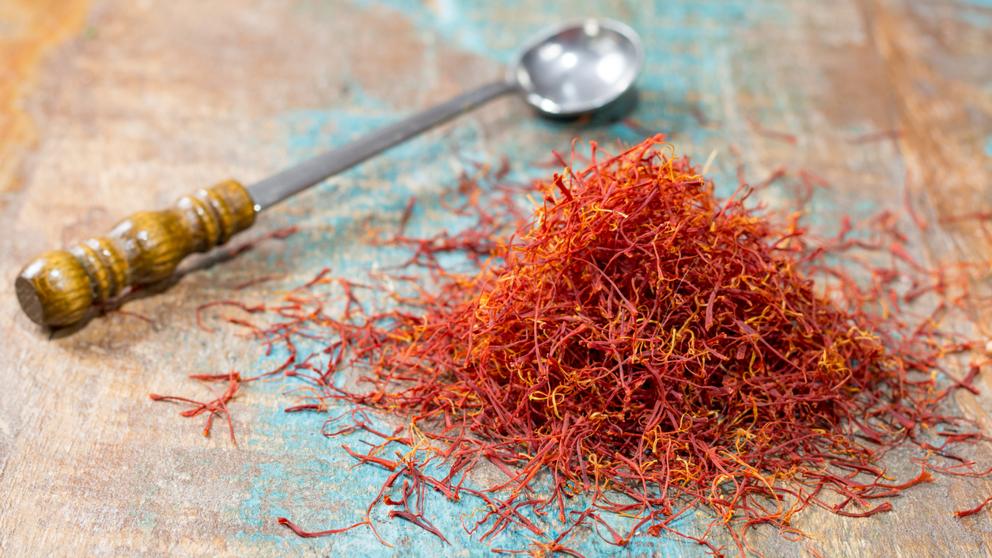
Nicknamed ‘oro rojo,’ red gold, its cultivation is extremely labour-intensive which makes its weight worth more than the precious mineral. Think of that next time you eat a paella and I can guarantee you will not want to put any Worcester Sauce near it.
Pimentón (Paprika) is another heavy hitter in the Spanish condiment cupboard.
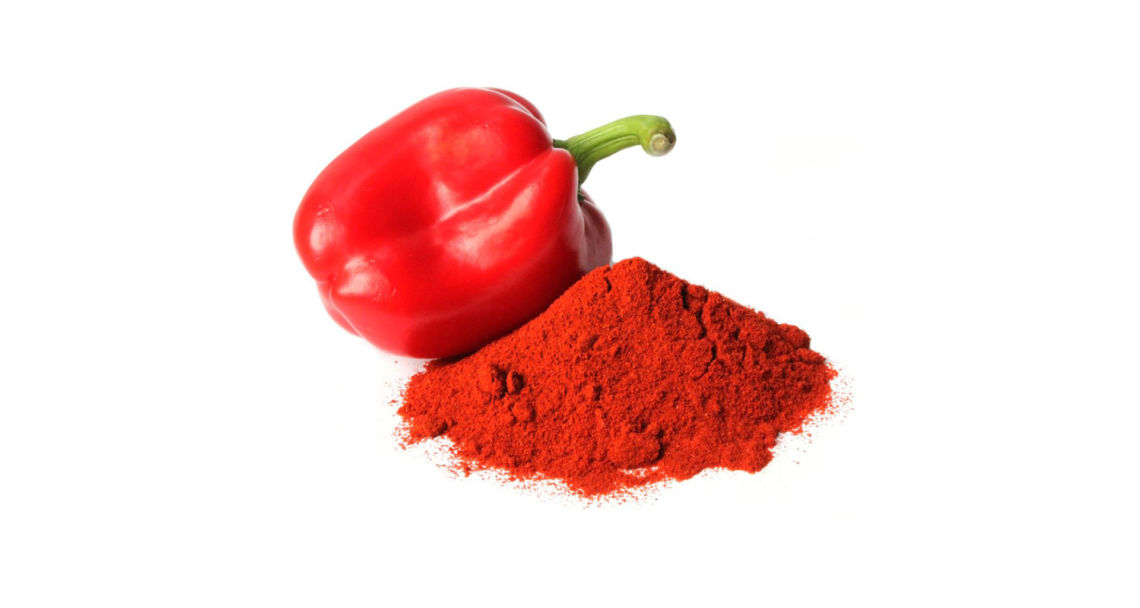
This rockstar spice is what makes chorizo red and gives the famed pulpo Gallego (Galician octopus) its characteristic smokey flavour.
Pimienta de Cayena (Cayenne Pepper) The smaller the spicier, these sun-dried peppers are incorporated in many local dishes, including the popular ‘pil-pil prawns’ served in a sizzling olive oil, garlic and cayenne pepper sauce.
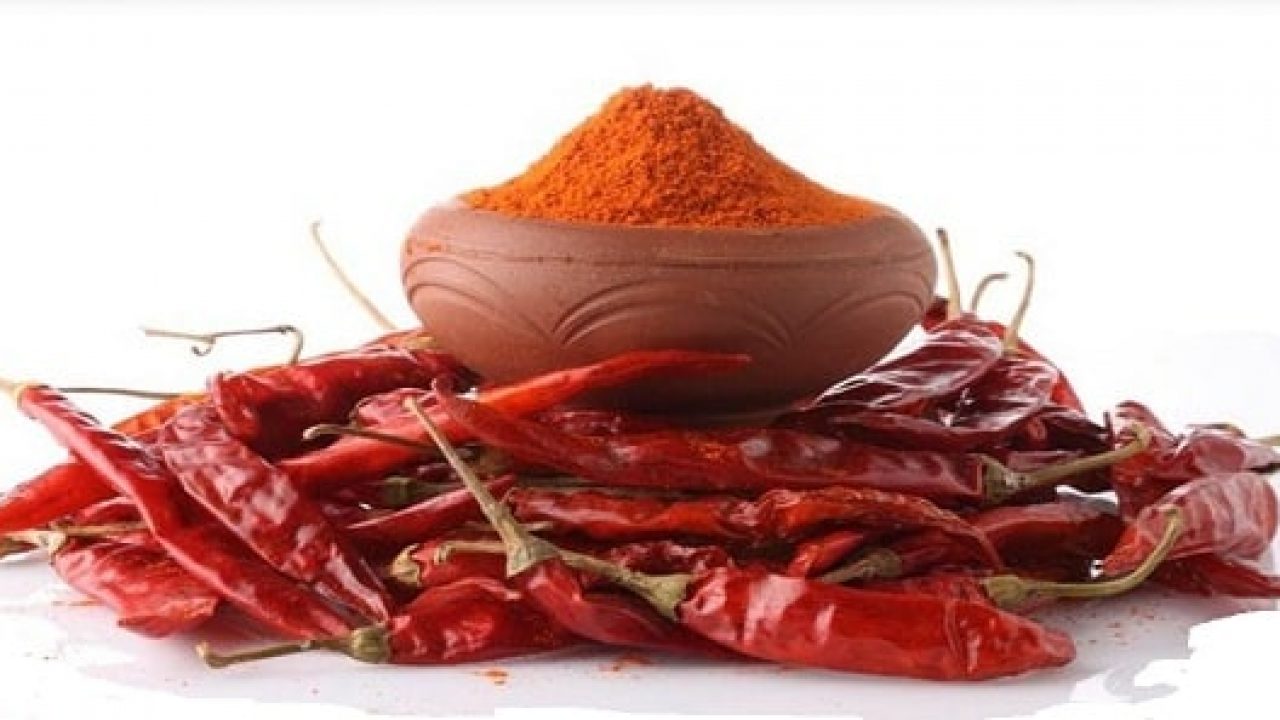
Some die-hard fans refer to it as not only a condiment, but a ‘philosophy of life.’ English Mustard, sometimes referred to as ‘the most patriotic of all British sauces’ seems insipid in comparison.
Sal (Salt) The simplest and most universal of seasonings is also paramount to Spanish cuisine and in particular its signature cured meats such as jamon Iberico.
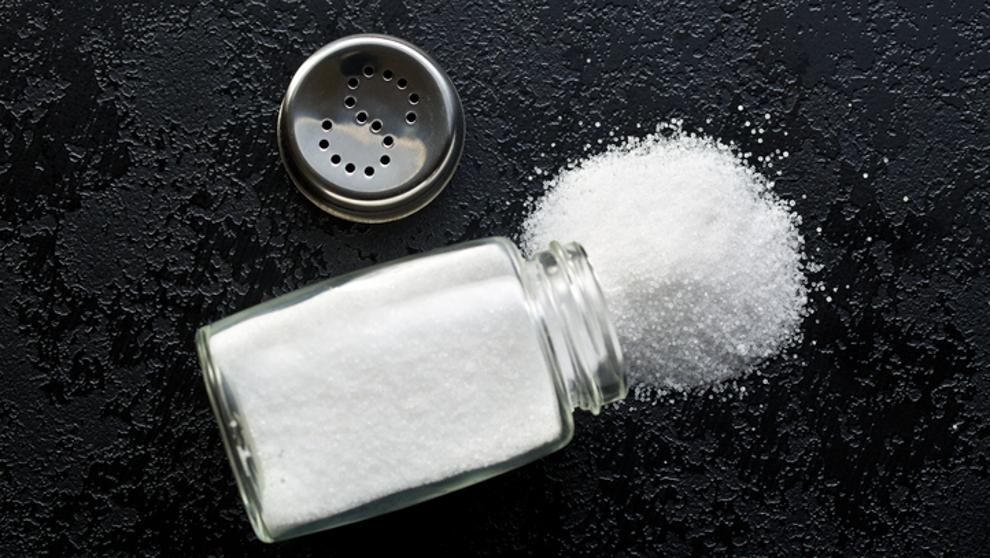
Although it should be used in moderation, when combined with other natural ingredients that make up the Mediterranean diet – fresh vegetables, whole grains, olive oil, nuts, fish, eggs, poultry and pulses – the nosh will always be healthy.
Ajo (Garlic) Unless you’re going out on a hot date, you can cast caution aside when using this aromatic bulb which predominates in Spanish cuisine, to the joy of hard-core garlic fans.
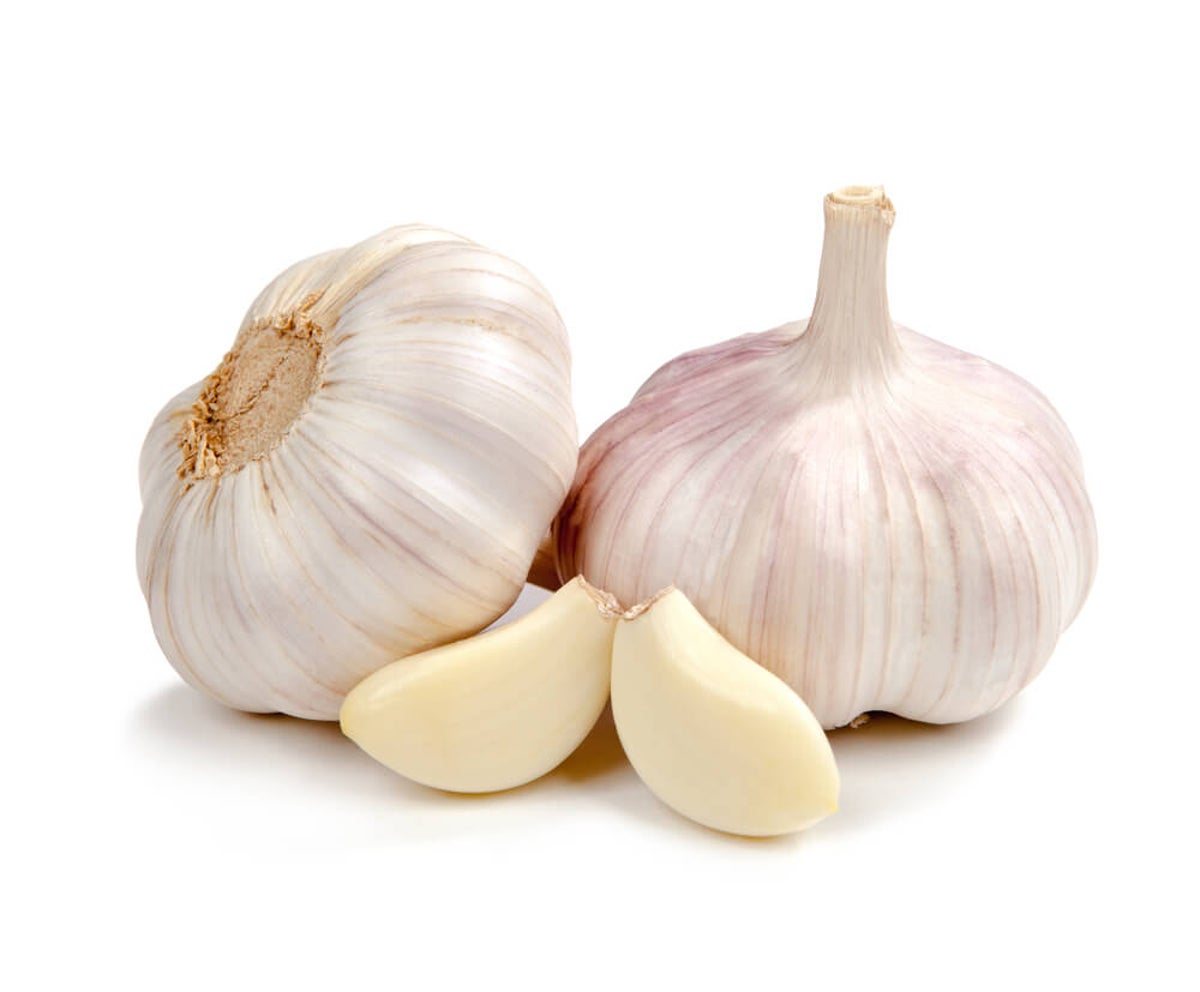
Why bother with horseradish sauce, when you can have a totally natural flavouring which adds flavour with a bang to the blandest of foods.
Garlic in Spain is enjoyed in many forms: fried and crunchy with oil, lemon and salt as a salad dressing; spread on bread with olive oil; whipped into mayonnaise for alioli or as an essential ingredient in many cold summer soups like gazpacho, salamorejo and ajoblanco.
For the exceptionally brave, or anyone with a vampire fixation, try raw, pickled or smoked garlic.
Sweet Surrender Spices aside, I’d best warn of a peculiar plant beverage that might throw an unsuspecting tourist and even now, after over a decade of living in Spain, I’m not sure if I like it or not.
Chufa horchata, originating as far back as the 13th-century Valencia, is a milk made with soaked, ground and sweetened tiger nuts, usually served with ice.
If rice pudding does it for you, be ready to be seduced by this milk beverage that is sweet and creamy with a smooth texture.
Thankfully another signature sweet treat in Spain, churros, make up for the oddity of horchata and you don’t even need to feel bad about consuming so many calories at one go. As they say, ‘A churro is only a breadstick that dared to dream…’
Click here to read more Food & Drink News from The Olive Press.

